Biology The Study of Life: Part 1 (Introduction)
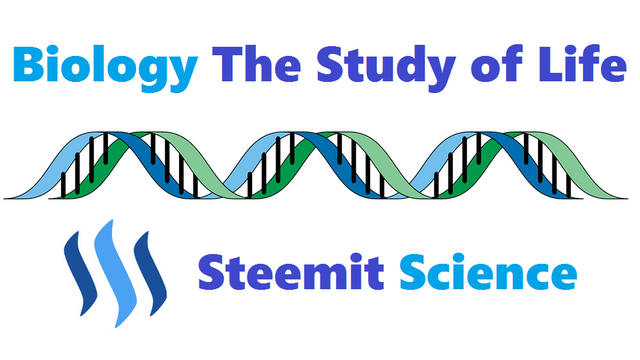
Introduction
This informative series of posts will explore modern biology; the fundamental principles of how living systems work. This material will always be presented at the level of a first-year college biology course, without assuming any prior background in biology or science. It also presents material in a conceptual format. Emphasizing the importance of broad, unifying principles, facts and details in the context of developing an overarching framework. Finally, the series takes a historical approach wherever possible. Explaining how key experiments and observations led to our current state of knowledge and introducing many of the people responsible for creating the modern science of biology.
Biology "the study of life" has grown as a discipline and will be the area of science that most impacts our daily lives in the immediate future.
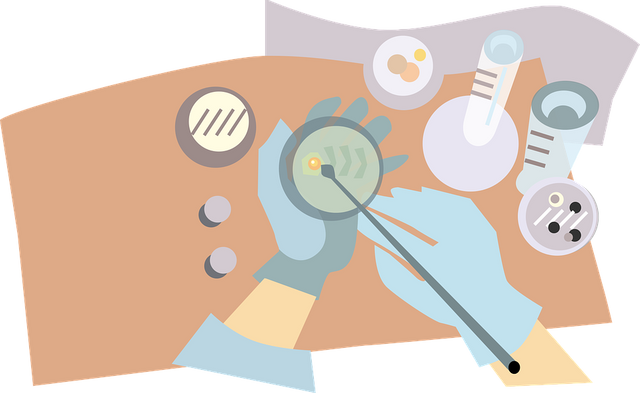
New breakthroughs in the knowledge of how living systems work at all levels of scale, from the function of biological molecules to the integration of global ecosystems, are providing us with tools we can use to control and manipulate those systems to our benefit. Advancements in biology are allowing us to grow more food, develop futuristic materials, design better medical treatments, build better products, and even to change the fundamental nature of the world in which we live.
The posts of this series will be divided into three major unifying themes of biology.
1. First we will explore the theme of “Information and Evolution” in living systems.
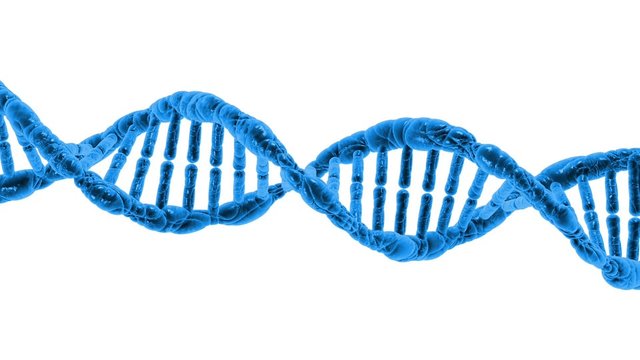
This exploration begins by asking how life might have arisen spontaneously on the newly formed planet Earth and by describing the hierarchical organization of living systems as we know them today. This discussion leads to the question of how living things reproduce, the most enigmatic aspect of which involves explaining how information about the structure of complex biological molecules called proteins can be stored and transmitted. The solution to this problem is found in the structure and function of an equally complex molecule, DNA.
The series will go on to explain what DNA is, how we know it is the genetic material, how DNA stores information about proteins, and how this information is copied and passed on from parents to offspring. One important conclusion of this discussion is that the DNA of an offspring is almost never exactly the same as that of its parents, a fact that means species inevitably change over time, that is, that life evolves. This conclusion leads to an analysis of how Darwin came to his theory of natural selection, followed by an in-depth examination of evolutionary mechanisms and a discussion of how those mechanisms are thought to be responsible for generating the enormous diversity of species we see on the planet today.
2. Next we turn to the second organizing theme of the series, “Development and Homeostasis.”
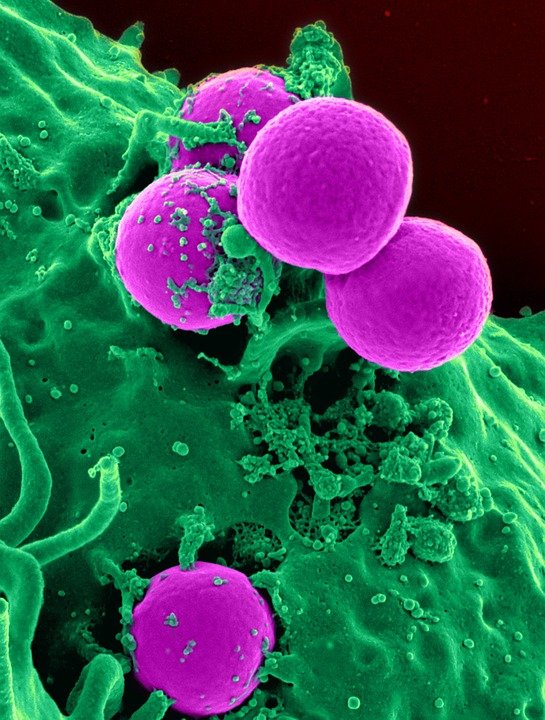
This dual theme focuses on the consequences of being an organism made of more than one cell. Many organisms, such as bacteria, are single-celled, but other kinds of organisms including ourselves are made up of a large number of cells, with different cell types specialized to perform different functions. This series of posts begins by considering how different cells having the same genome can turn on or off subsets of the genes they possess, a necessary prerequisite for producing different types of cells from a single fertilized egg, and by examining how cells communicate, necessary for the different cells in an organism to integrate their activities.
Against this background, the series will then explore, in more detail, patterns and mechanisms of animal development, the remarkable process through which one cell formed by the union of a sperm and egg yields a complex, multicellular organism, potentially having trillions of cells of hundreds of different types, all arrayed in precise spatial positions relative to each other. After discussing how a multicellular organism is “built,” the series then turn to the question of what is needed for a multicellular organism to maintain itself and coordinate its parts, a question that frames the concept of homeostasis.
This discussion answers a number of questions, including how organisms maintain a constant physiological state, such as a particular body temperature; how chemical signals called hormones and specialized cells called neurons transmit physiological information across great distances in a body; and how the body is defended against attack by disease-causing agents. The section culminates with the idea that an animal’s behavior—even in the simplest case of detecting and responding adaptively to the environment—may be viewed as a kind of highly derived homeostatic mechanism enhancing an organism’s ability to survive and reproduce.
3. The third major theme of the series will focus on “Energy and Resources.”
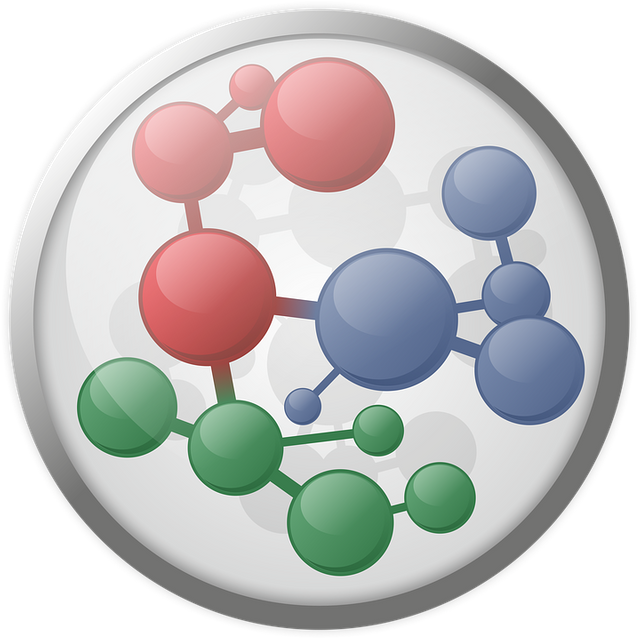
This section begins at the level of cells and molecules, showing how living things obtain, store, and deploy the “power” they need to survive and illustrating how this energy ultimately all comes from sunlight. Next, the series turns to consider the implications of how energy and other resources necessary for life are distributed and used at progressively higher levels of biological organization, from the level of whole organisms, to populations of organisms, to communities of different species, and finally, to the level of ecosystems, including the entire biosphere. Because the amount of energy and other resources available to organisms may be limited, there often is not enough to go around, a fact that plays a major role in determining the distribution and abundance of different species on the planet. This point sets the stage for introducing fundamental principles of the discipline of ecology and for showing how these principles fit in the broader context of how living systems function and how they change over time.
Conclusion
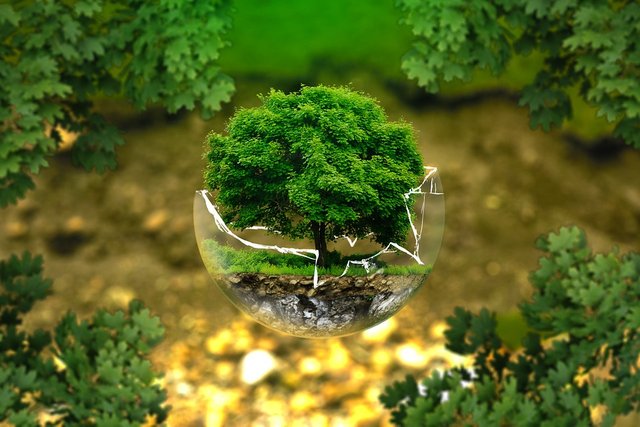
Just as biologists are on the verge of a truly revolutionary understanding of the “study of living systems,” we are at the same time facing an unprecedented crisis in the loss of biodiversity potentially a loss of much of the natural world. All because of the unprecedented success of a single species, our own.
END PART 1
BIOLOGY THE STUDY OF LIFE:
PART 1 INTRODUCTION
PART 2 WHAT IS LIFE
PART 3 ORIGIN OF LIFE
Please Resteem  or
or  or
or  @pjheinz
@pjheinz
Image Credits:
ALL IMAGES UNLESS NOTED - Pixabay
CC0 Public Domain
Free for commercial use
No attribution required
Thanks for the info, the excellent work done
Thanks for taking the time to enjoy the world of science.
Just starting backwards with the first part - very exiting! For me as a German native speaker a challenge to understand. This will last a little bit longer ;-)
Thank you for all the published series and the future ones. :-)